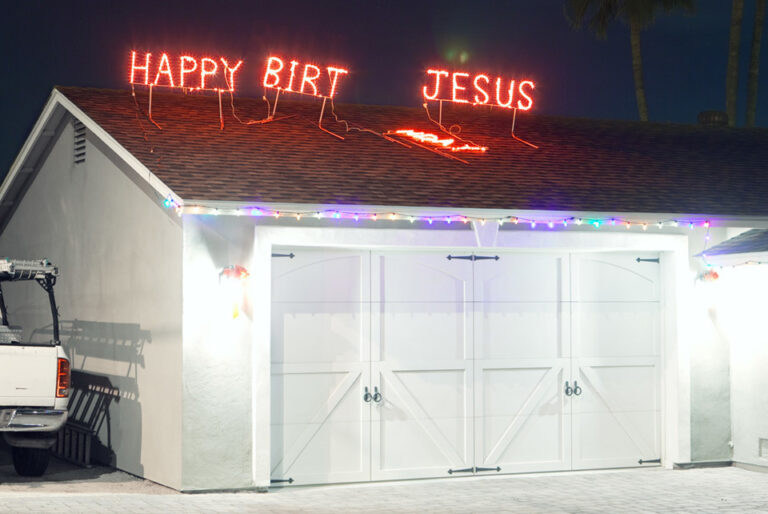Culture Shock: A Map Of Joy
Photographer Jesse Rieser Explores The Many Ways Americans Celebrate Christmas


Jesse Rieser

Jesse Rieser








